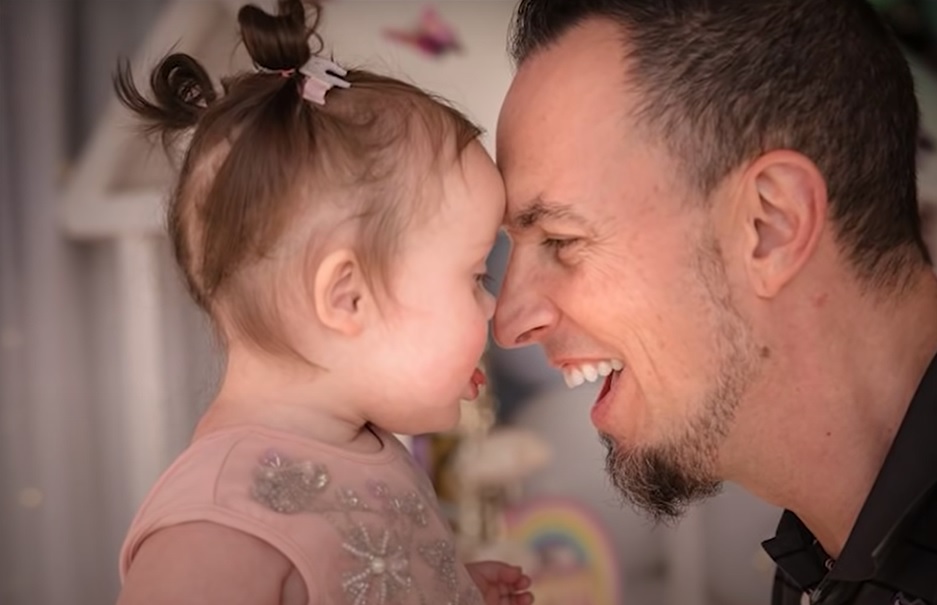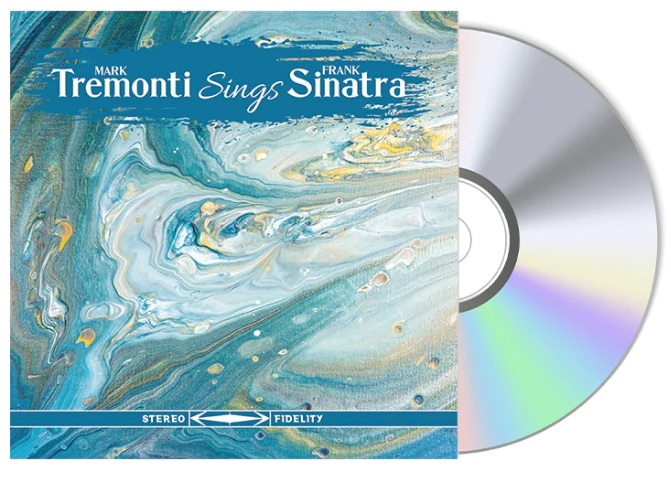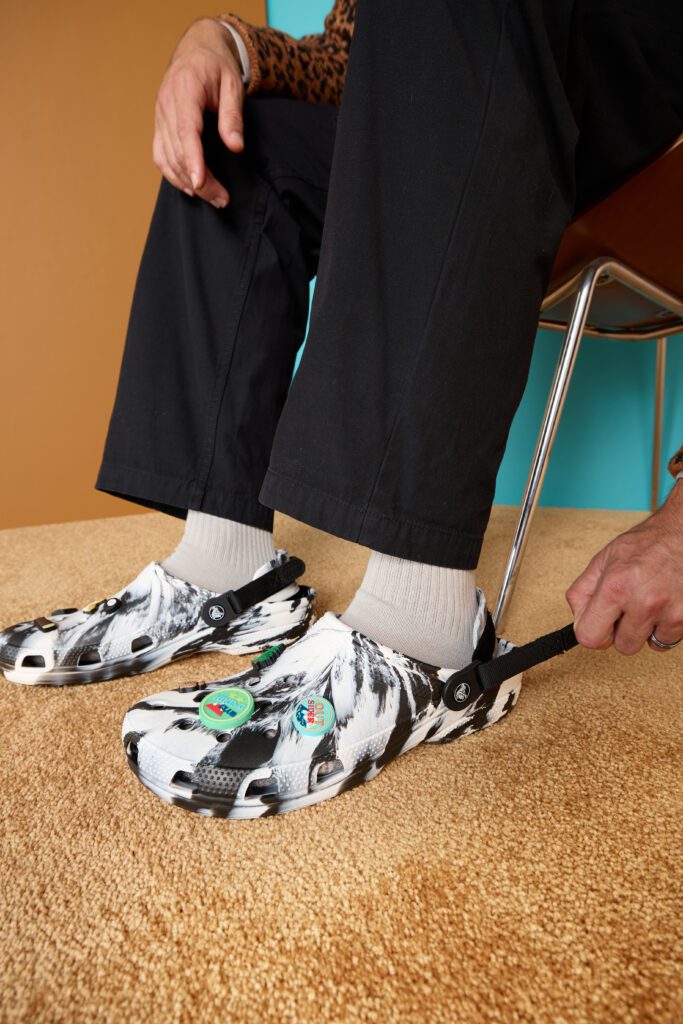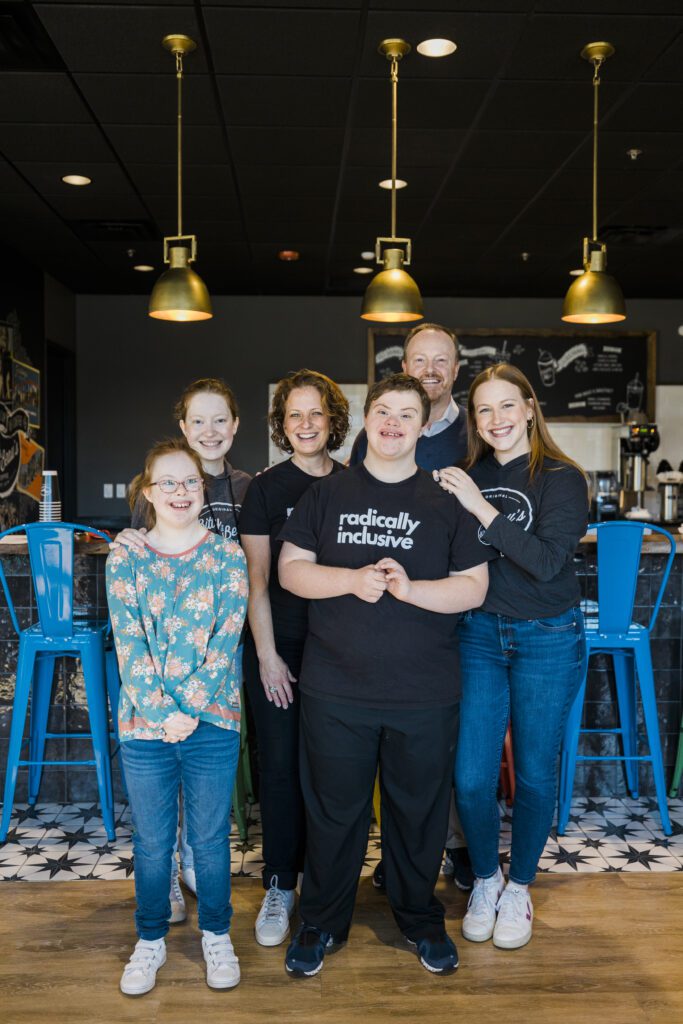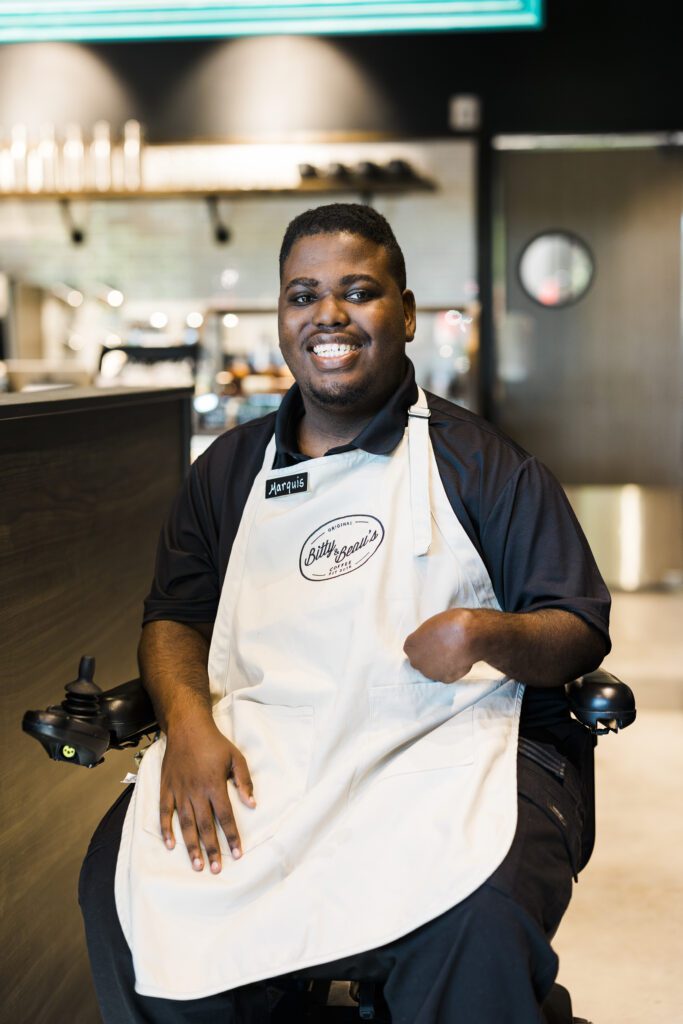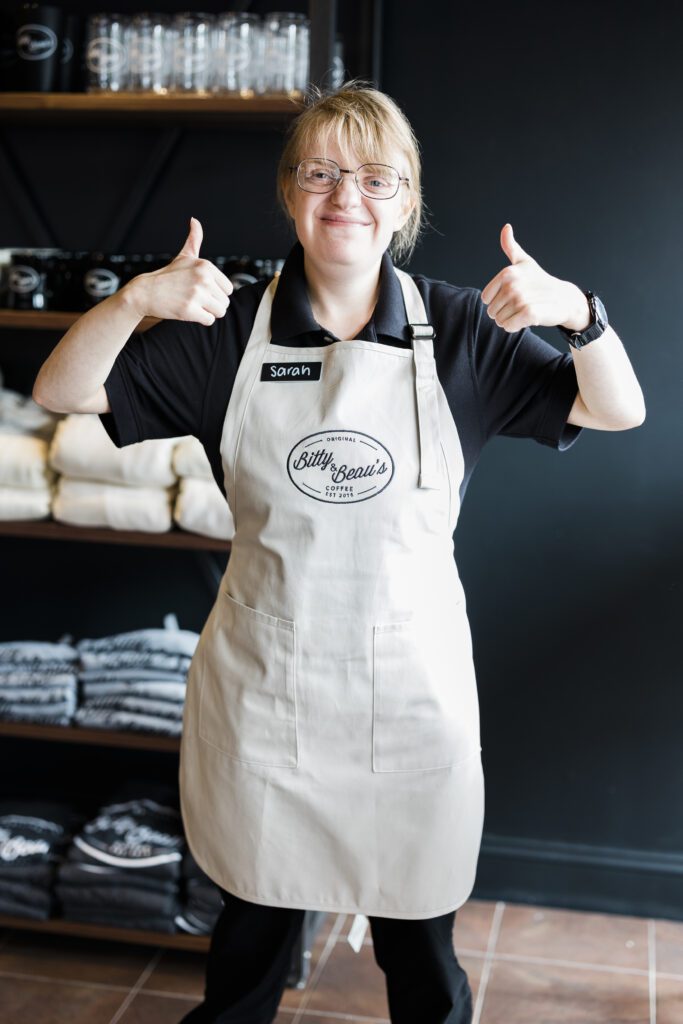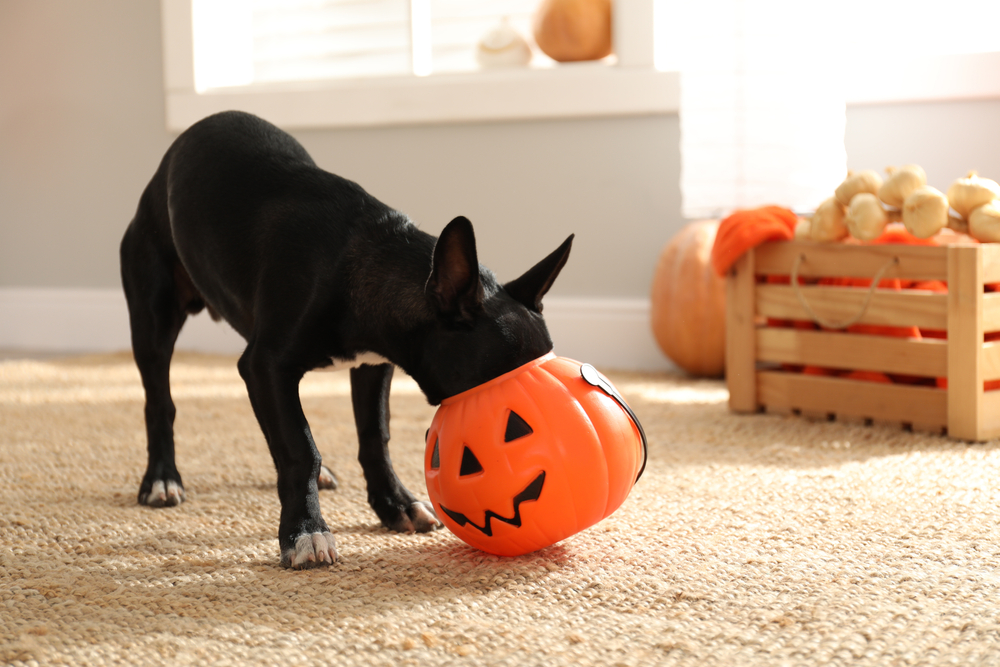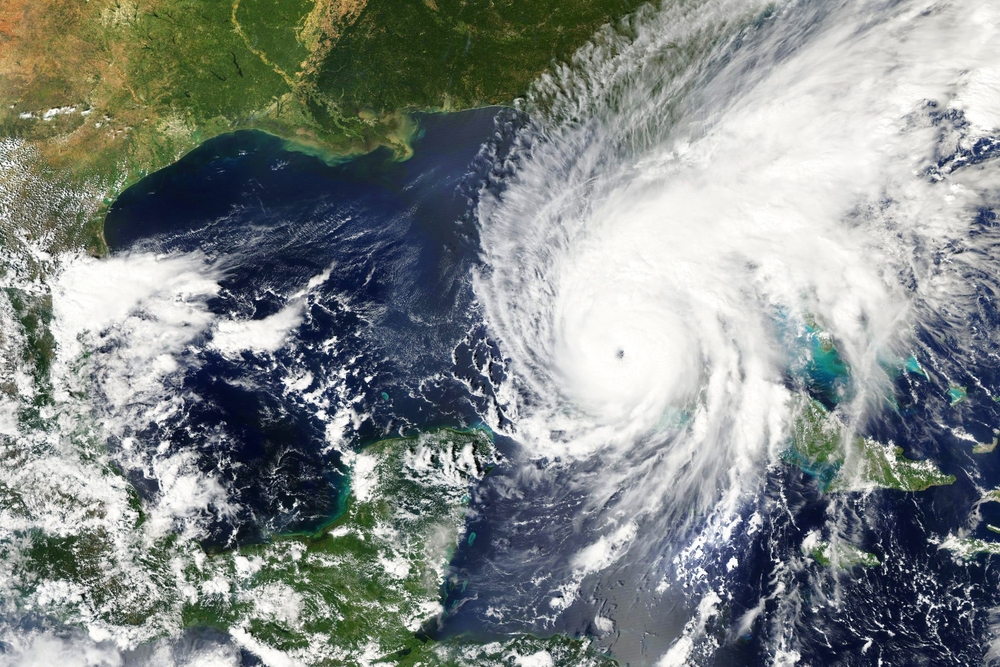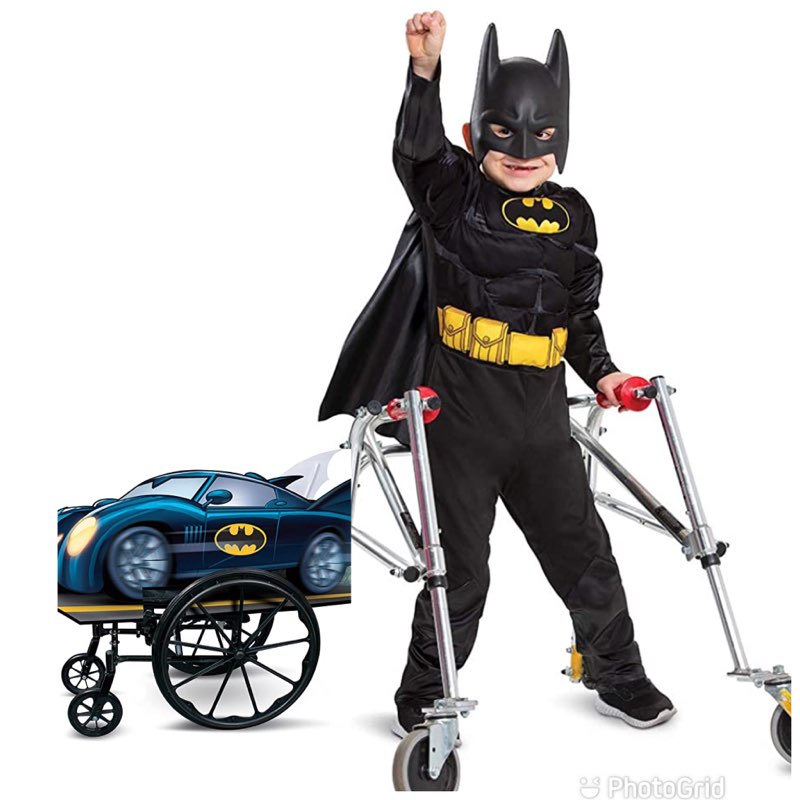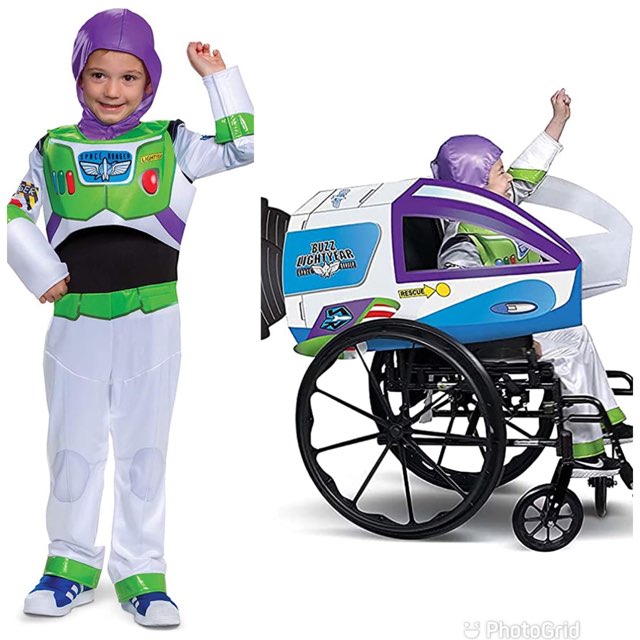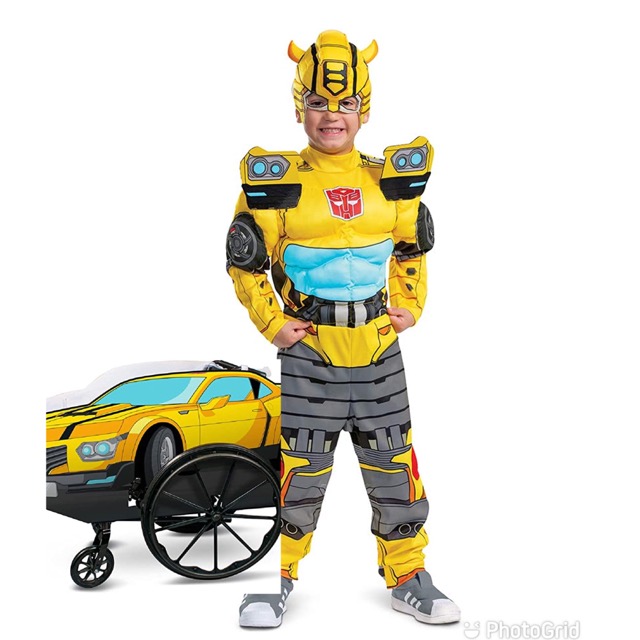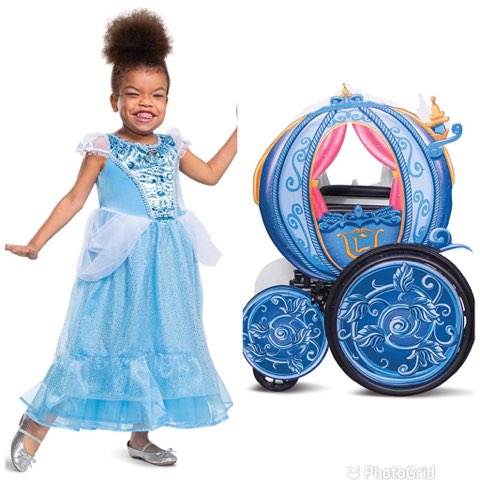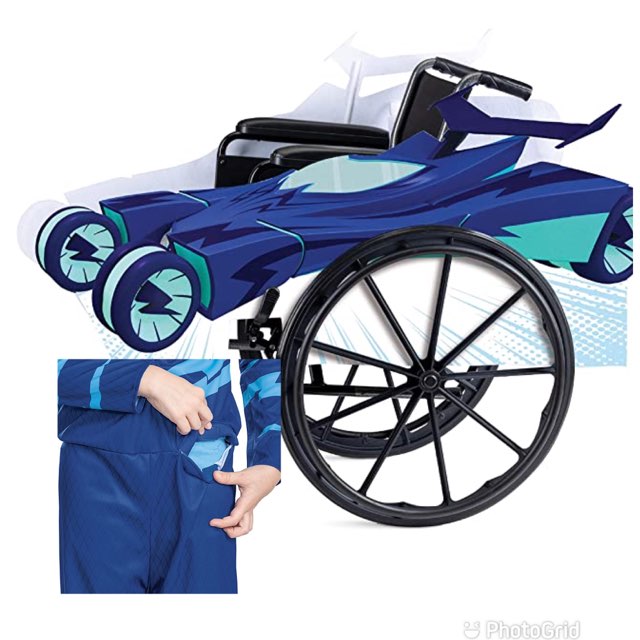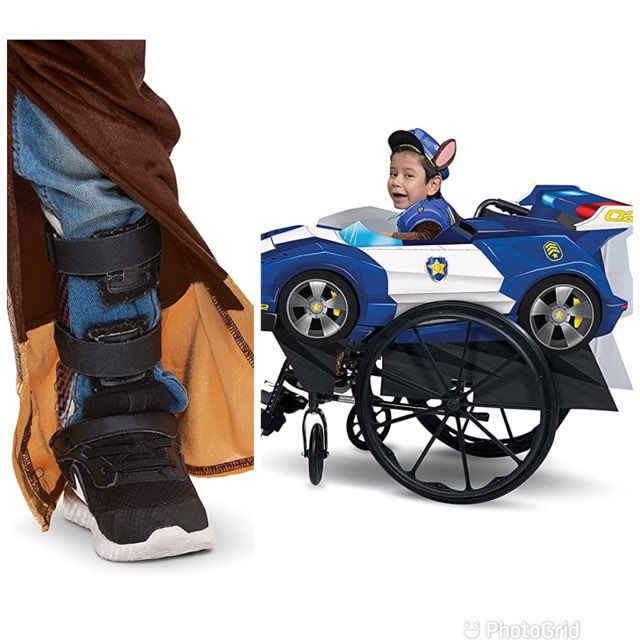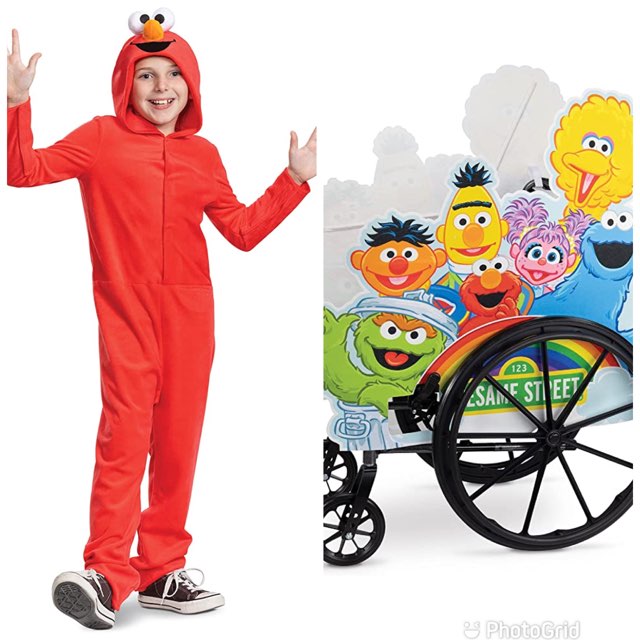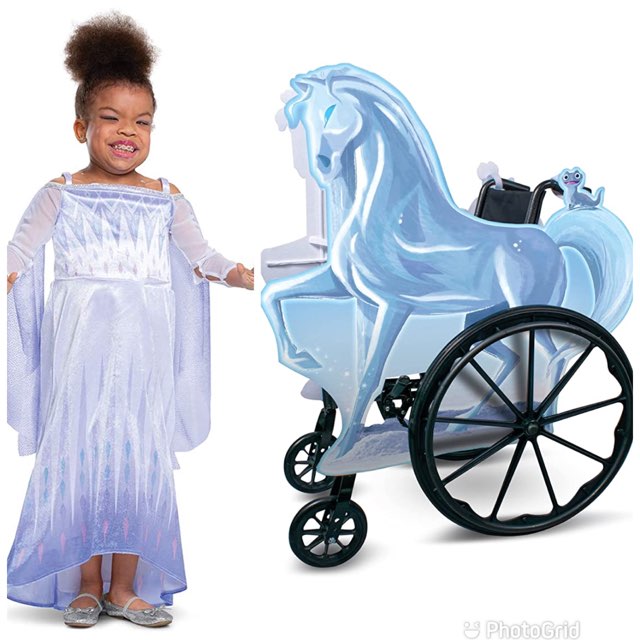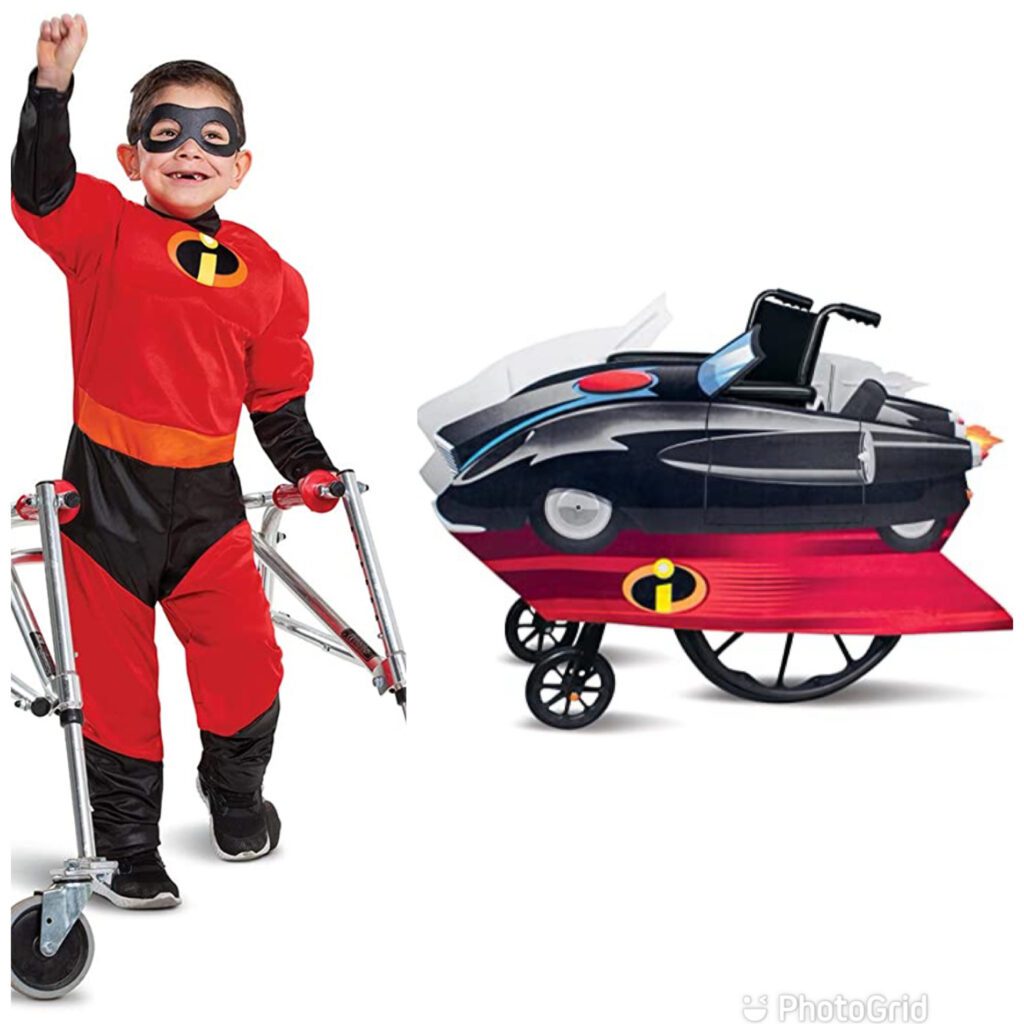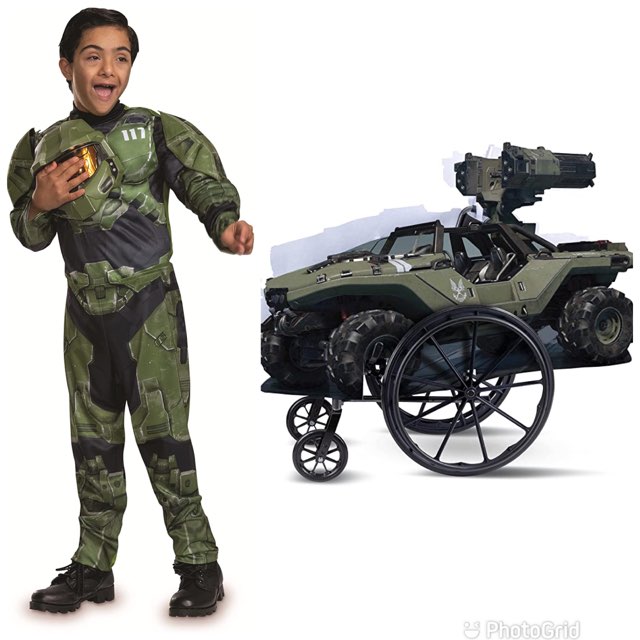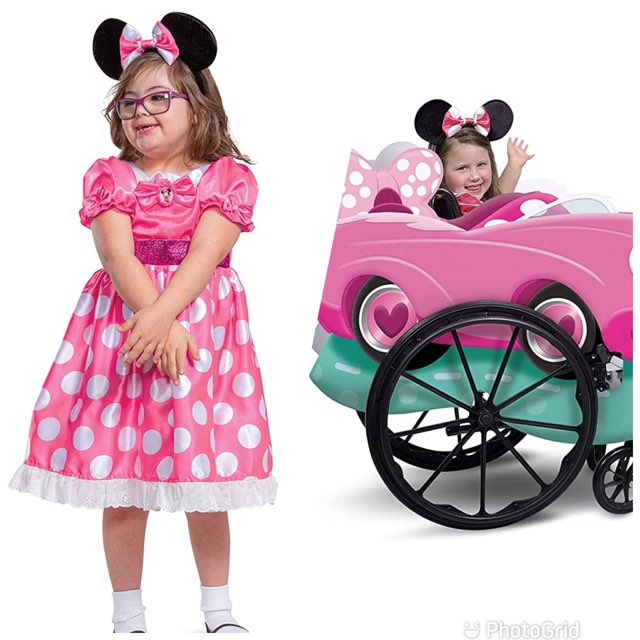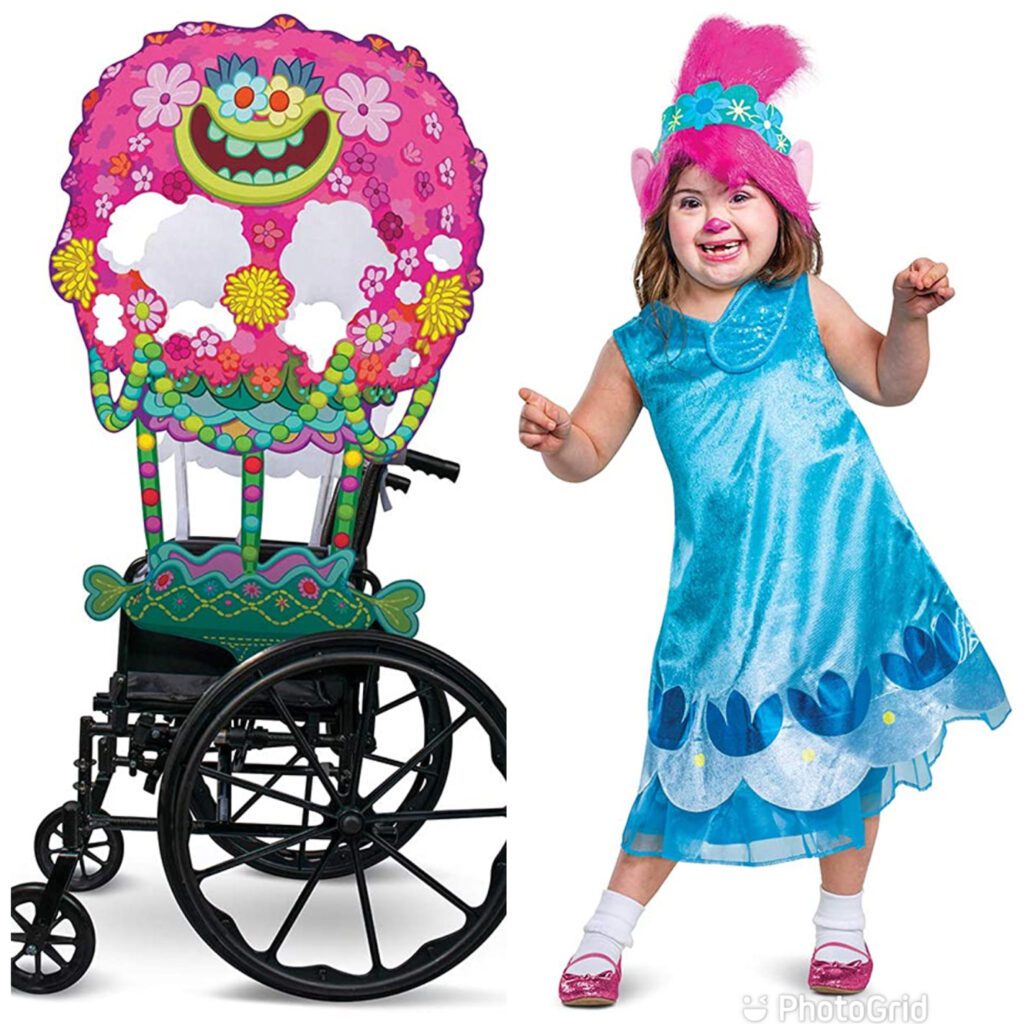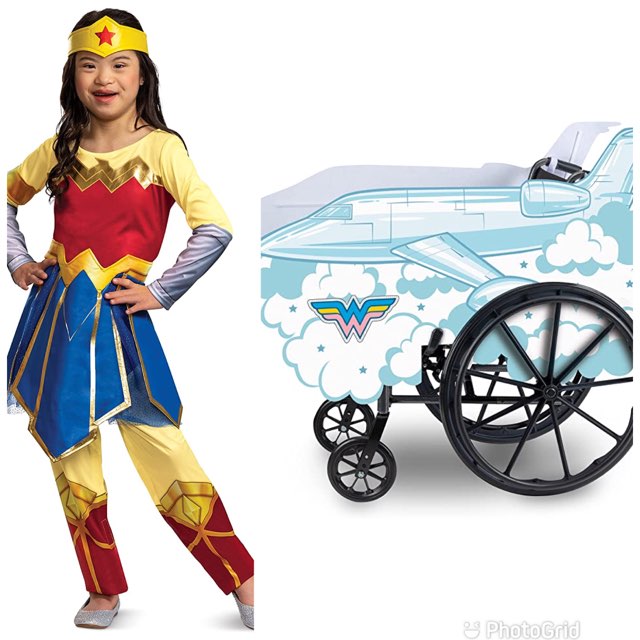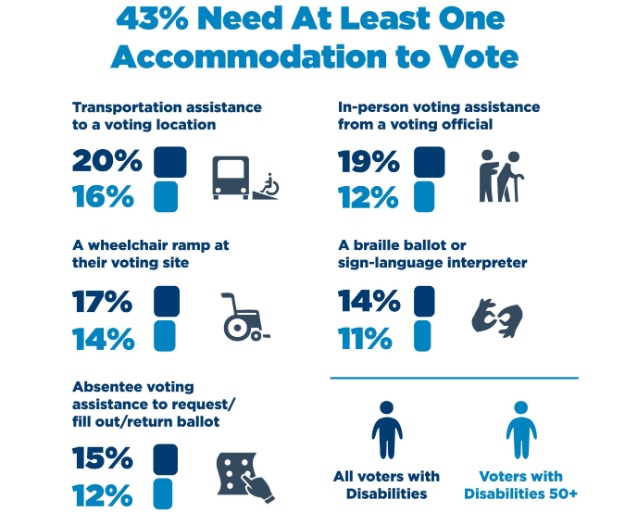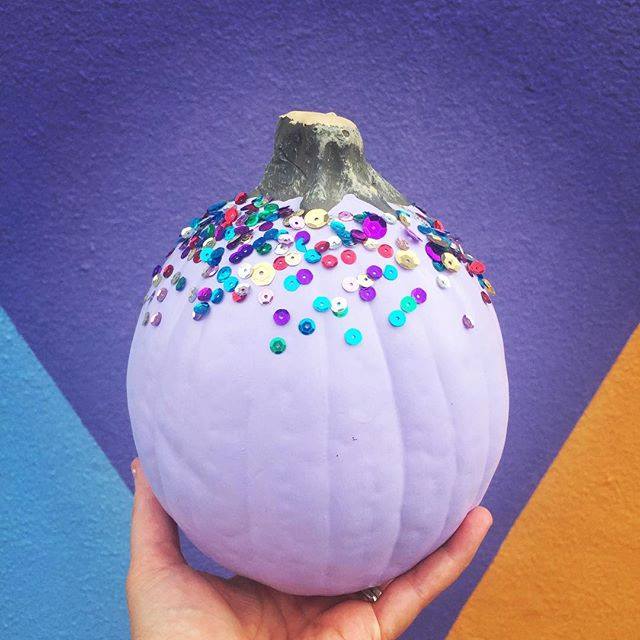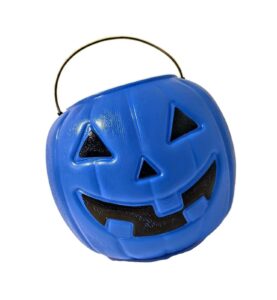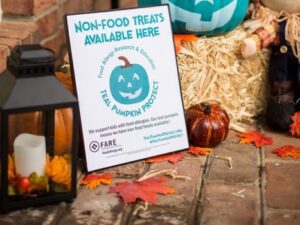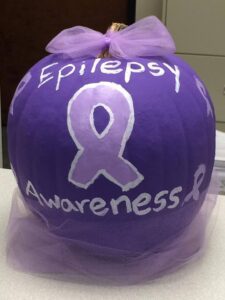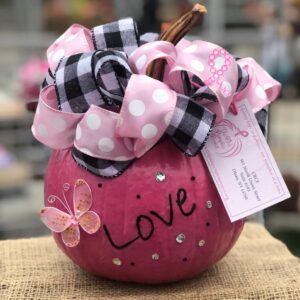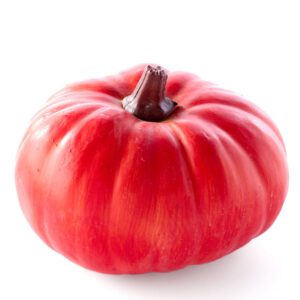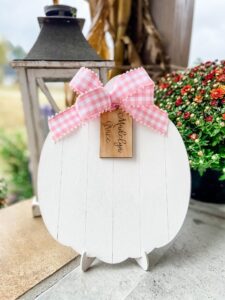Trick-or-treaters love collecting tons of Halloween candy. But here’s a scary fact: On average on Halloween, children consume more than 16 times the daily recommendation of sugar, according to the National Retail Federation. That equates to about three cups of raw sugar! Yikes… it’s time to talk about how to donate Halloween candy.
Typically, enjoying sweet treats in moderation is fine for most people with and without disabilities. But too much of a good thing – including Halloween candy – isn’t advised by the majority of healthcare professionals. Furthermore, it’s important to be aware that people with disabilities are less likely to be of healthy weight and more likely to be obese than people without disabilities.
To limit excessive sugar rushes among your little ghosts and goblins, consider donating some of the Halloween goodies that your family collects to good causes, including efforts that benefit the disability community.
Here are ways to donate Halloween candy to disability-serving organizations…
Halloween Candy Buy Back
Halloween Candy Buy Back partners with dental offices and other businesses to financially reward youngsters who choose to exchange Halloween candy for healthier items, like toothbrushes. The initiative was established by Dr. Chris Kammer, a founding member of the American Academy of Cosmetic Dentistry, with the intention to: (1) encourage trick-or-treaters to protect their teeth, and (2) foster a sense of charitable giving.
Because of potentially high sugar consumption and less-than-ideal oral hygiene skills, children of all abilities are at risk for cavities and other dental issues. This concern is even greater among people with disabilities who may lack proper training of or understanding of oral care, have inconsistent or limited access to dental care, encounter inaccessible office spaces, or have aversions to dental care due to sensory conditions or other issues.
Halloween Candy Buy Back aligns with both Move Forward America and Operation Shoebox. These two organizations distribute candy and other care package items to active-duty troops as well as veterans, including disabled veterans and their families. The benefits of this donation are actually two-fold. You see, in addition to treating troops and veterans, research suggests that when someone does something good, a happiness high ensues. That means that if you donate Halloween candy, your endorphins may elevate!
Ronald McDonald House Charities
Ronald McDonald House Charities is a nonprofit that supports children with serious illnesses, including an array of disabilities, and their families. Their programming allows families to stay together during periods of hospital stays, either at a Ronald McDonald House, which includes accessible amenities, or other accommodations like nearby hotels.
Because many children who are ill or injured are unable to participate in trick-or-treating, numerous chapters of Ronald McDonald House Charities accept unopened Halloween candy to be shared with children and their families. To locate a site, visit rmhc.org.
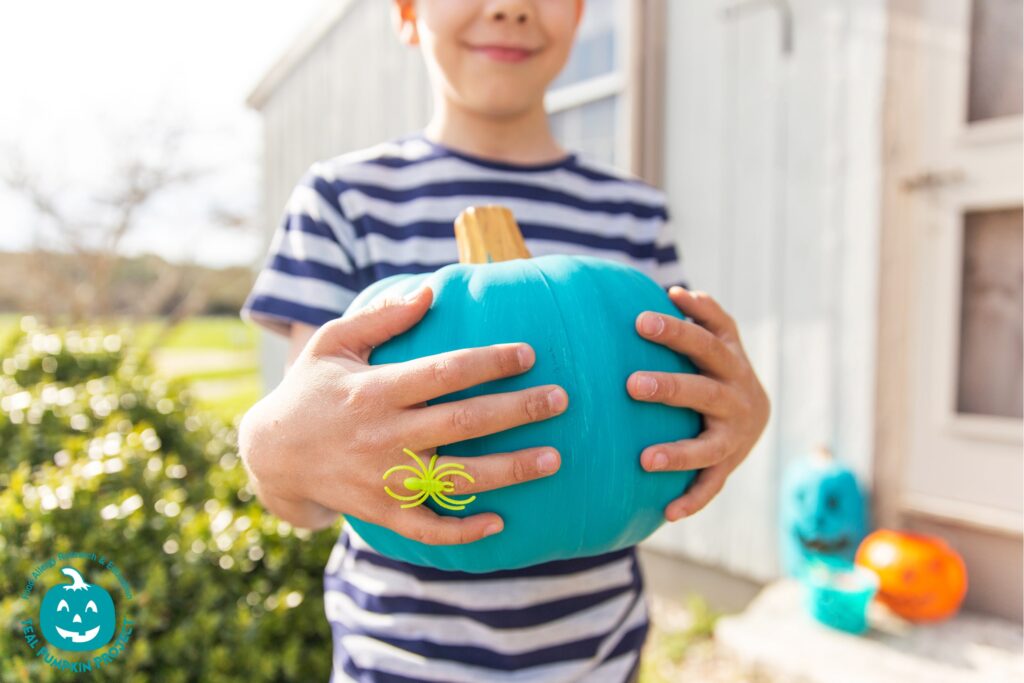
Treats for Troops
Run by Soldier’s Angels, this program allows donors to send sweets to active military service members, as well as retired, disabled veterans and caregivers. In fact, patients at VA hospitals typically love receiving these sweet surprises! Click here to see the collection site map.
United Way
As the largest privately-funded nonprofit in the world, the United Way strives to create solutions that build stronger communities, which includes disability-inclusive efforts. The United Way focuses on enhancing education, strengthening financial stability and making all communities healthier. Some chapters collect Halloween candy to donate to underserved populations. [As a reminder, the disability community is the nation’s largest minority group and, yes, often underserved]. Find your local United Way chapter at UnitedWay.org.
More Opportunities to Donate Halloween Candy
Police or fire stations, nursing homes and homeless shelters often accept (and appreciate receiving) leftover Halloween candy. Do call ahead to your preferred donation site for further details.
Sharing is caring!






